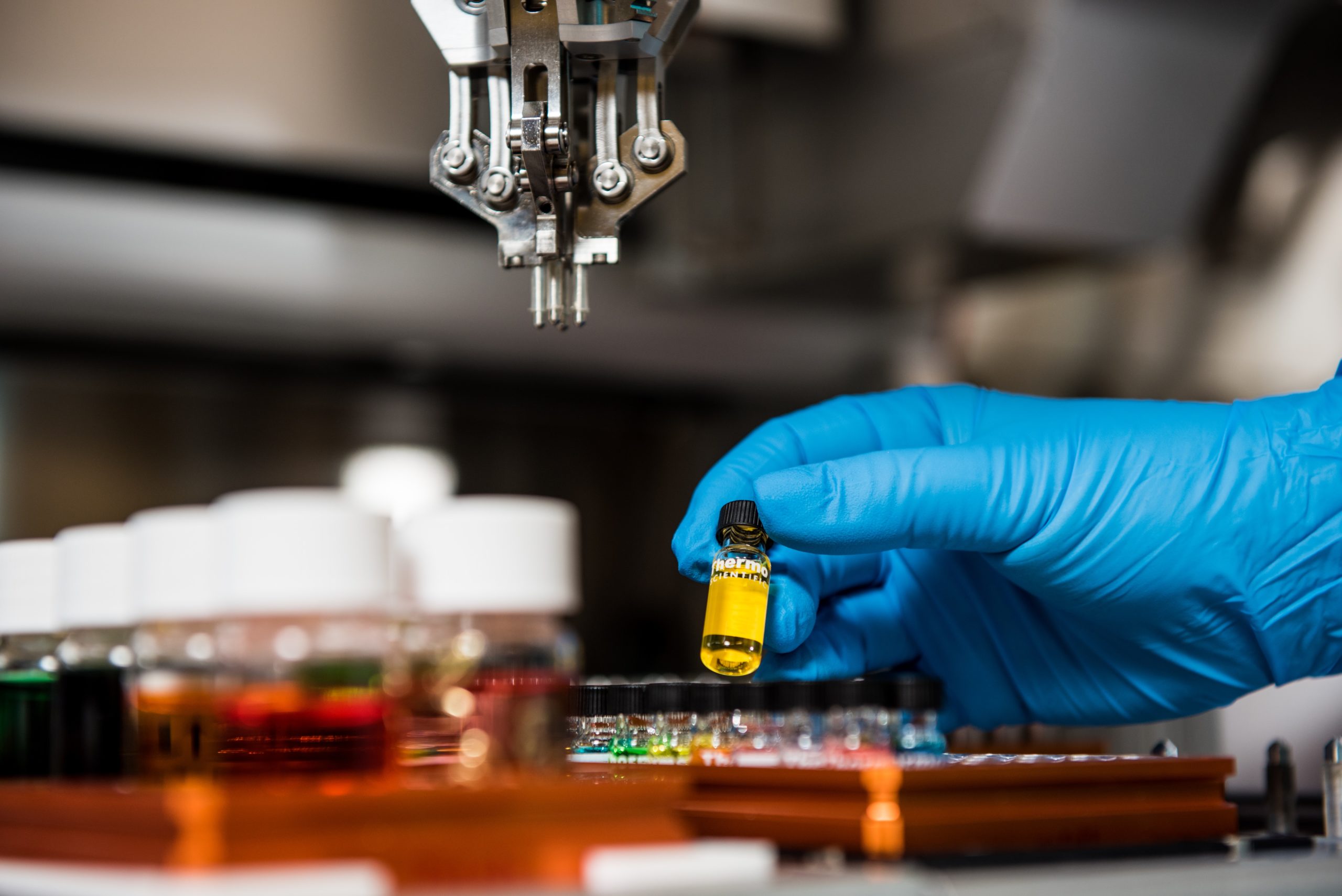Antibodies are proteins generated by the immune system capable of recognising short peptide fragments (known as epitopes) with a remarkably high degree of specificity. This specificity makes them a powerful tool for research, allowing us to identify, track, and quantify specific proteins in a wide range of assays. Monoclonal antibodies (mAbs) can be generated for commercial use by fusing two cell types: antibody-producing B cells and immortal cancer cells. mAbs have become an indispensable part of almost all bioscience research, but they are not without significant downsides. As with all things biological, antibodies are highly complex and often unpredictable. There can be significant variation between different antibodies against the same protein, or even different batches of the same antibody. Even slight differences in pH, which may seem trivial, can change the way the antibody folds, and thus the exact epitope it recognises. This variation has been put forward as an important contributor to the current reproducibility crisis in science, but it is not the only potential issue associated with the way we currently use mAbs.
Two papers published in Science Signalling uncover some profound shortcomings in the specificity of commercially available mAbs. Frohner et al assessed the specificity of several, widely-used mAbs against an enzyme called PP2A (protein phosphatase 2A). They found that most antibodies targeting the enzyme’s C-terminal domain were unable to recognise the highly prevalent methylated or phosphorylated forms of this protein. As a result, when researchers thought they were assessing overall levels of the enzyme, they were actually only determining levels of a rare, unmodified form. Any studies looking at changes over time are therefore looking at changes in the fraction of unmodified protein, rather than overall protein levels.
The second paper by Schüchner et al demonstrated another troubling case, in which differences in antibody binding can be highly misleading. They found that a Myc tag, which is a short peptide sequence that can be added to proteins to allow for mAb recognition, was differentially recognised depending on the amino acid environment within which the tag was present. This translated to at least a 100-fold difference in the level of recorded signal, depending on which end of the protein the Myc tag was added to.
These studies add yet more weight to the growing body of evidence indicating that the trust researchers place on vendors when purchasing antibodies is misguided and potentially damaging. Indeed, it has been estimated that around US$800 million might be wasted annually on poor-quality, or simply inappropriate antibodies. While various solutions have been suggested to improve the overall quality and consistency of antibodies on the market, the problem is multifaceted and not necessarily the result of sloppy validation or profit-prioritisation by the companies supplying these reagents. The main issue highlighted by both papers is one of context; it is not that these antibodies don’t bind to the protein of interest (although there was found to be some cross-reactivity of PP2A antibodies), it is that they only bind under specific circumstances. From the point of view of the supplier, this poses a conundrum: how can you possibly test for every tag configuration, every cell type, every condition, and every protein modification? On top of this, the best antibody for one technique might not be the same as for another, depending on whether the protein is preserved in its native form (e.g. for flow cytometry) or is denatured, as is the case for Western blots and immunohistochemistry.
These two papers demonstrate how much work must go into really rigorous validation, even for only one protein, in one cell type, under one condition. There are roughly 20,000 protein-coding genes in the human genome, and over 2 million monoclonal antibodies registered in the AbCite database so it is hard to fathom how a systematic validation approach would work. Since it is impossible for vendors to account for every possible experimental eventuality, the burden of validation must fall on the researcher, something that has yet to be fully grasped by most members of the research community. The reluctance of scientists to undertake rigorous validation is understandable. The ease of ordering monoclonal antibodies online, rather than painstakingly generating them in the lab, was meant to save time and increase efficiency. It might feel like a step in the wrong direction to have to spend precious time and resource carrying out stringent validation. Hopefully papers like these will increase awareness and understanding of the potential implications of using sub-optimal antibodies, and also provide a valuable resource for researchers studying PP2A or using Myc tags. Finding consistent and trusted protocols for antibody validation, as well as ensuring that publications provide details of the antibodies used and how they were validated, will allow for the community to share the workload and ensure that data is reproducible. It won’t be straightforward, but with this as a starting point, we will be able to rebuild trust in these critically important workhorses of molecular biology and ensure that we are always using the best antibody for the job.
Original research papers:
S. Schuchner et al., “The Myc tag monoclonal antibody 9E10 displays highly variable epitope recognition dependent on neighboring sequence context,” Sci. Signal., 13, eaax9730, 2020.
I.E. Frohner et al., “Antibodies recognizing the C terminus of PP2A catalytic subunit are unsuitable for evaluating PP2A activity and holoenzyme composition,” Sci. Signal., 13, eaax6490, 2020.





